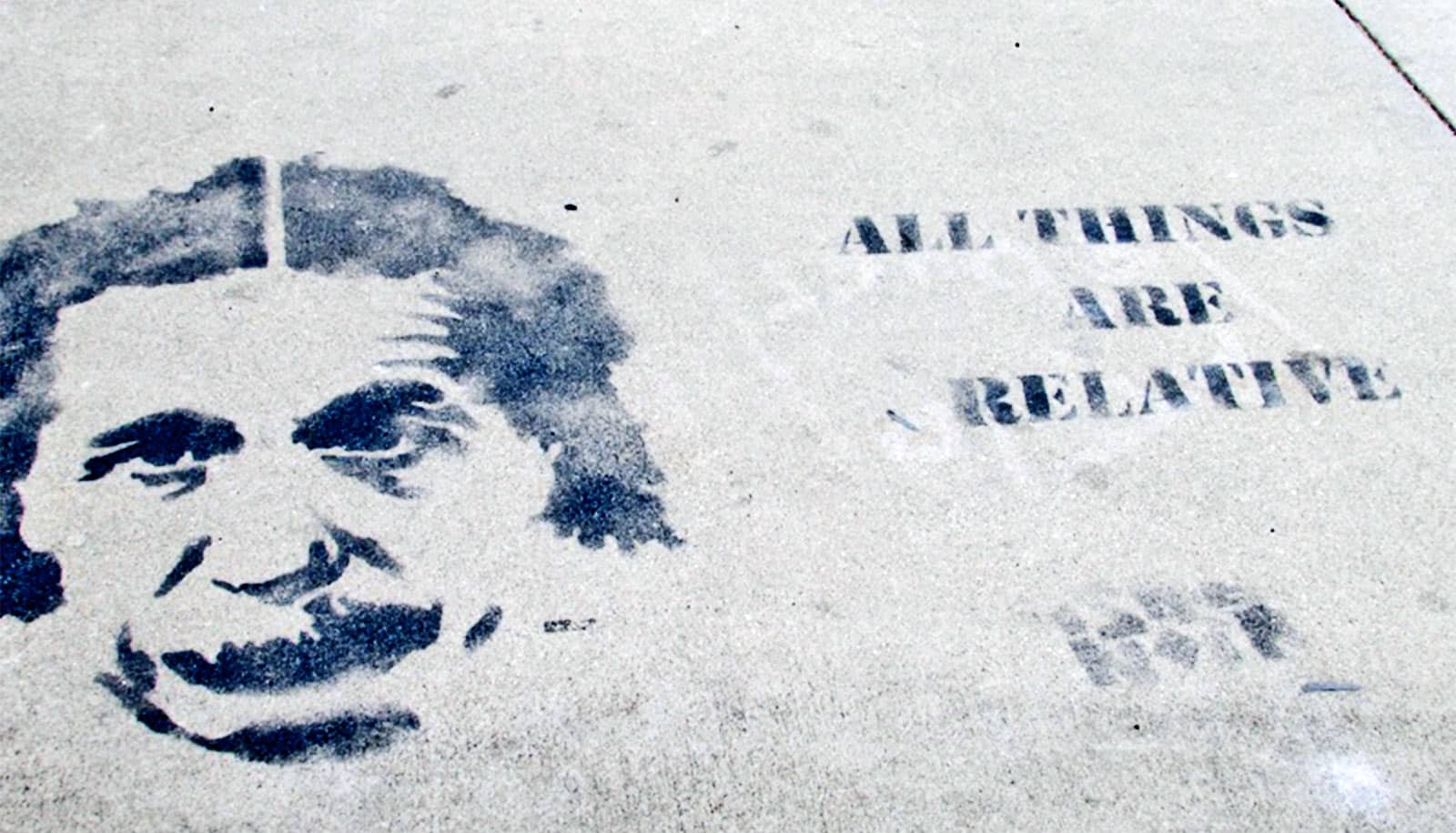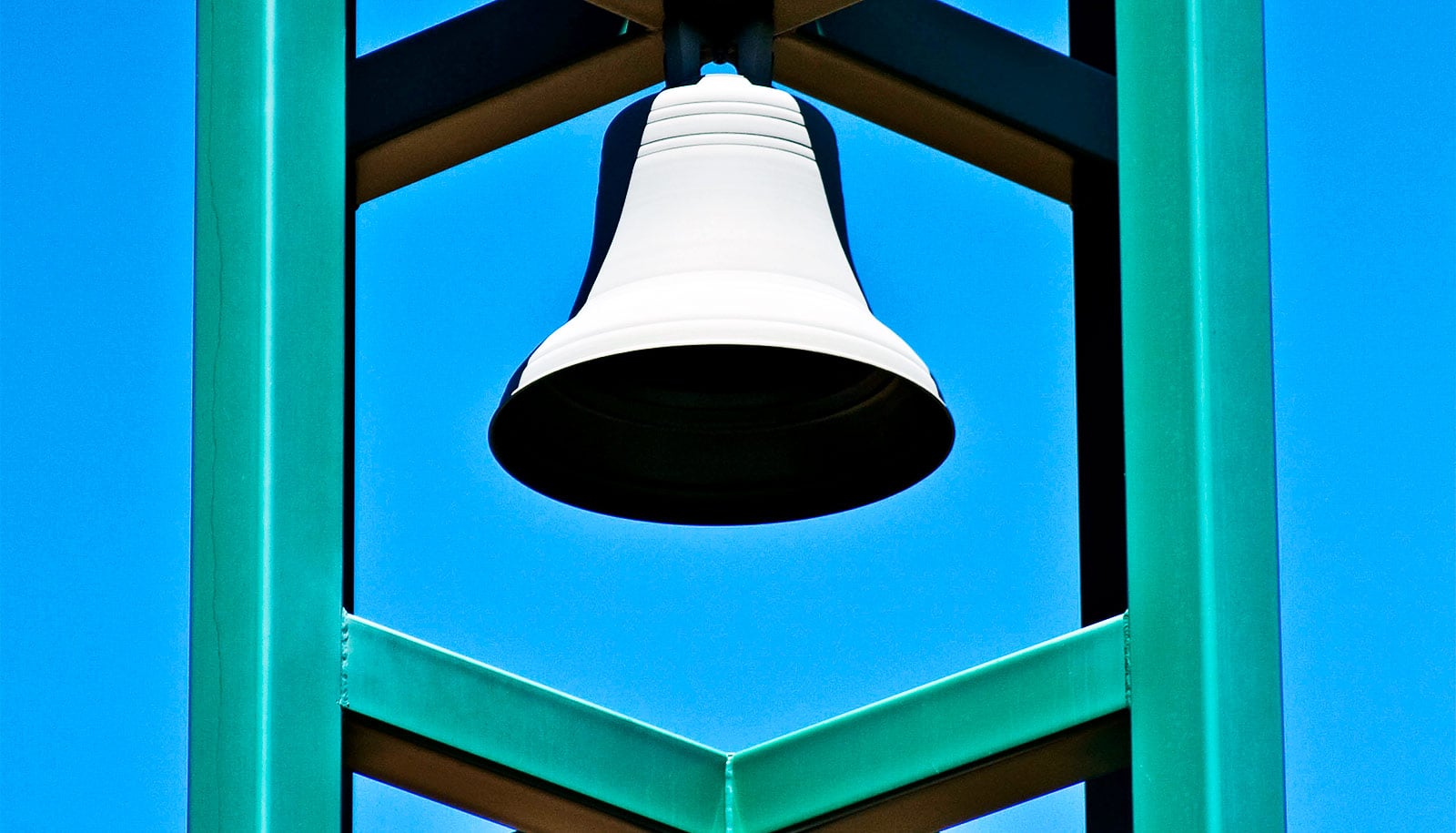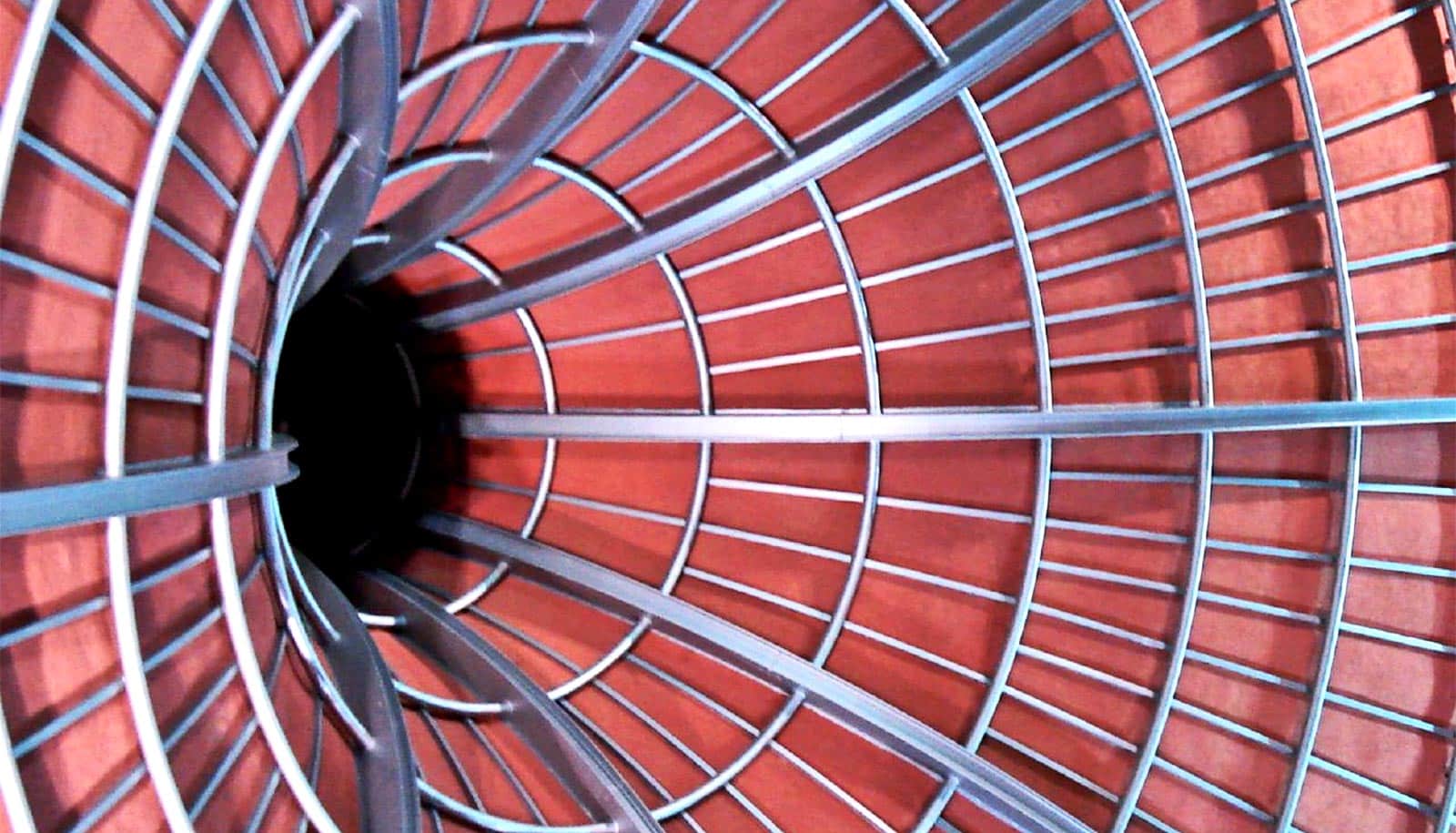A new book tells the stories of astronomers who worked for a decade to get images of a solar eclipse. The work ultimately showed Albert Einstein’s theory of relativity was correct.
Einstein’s theory of general relativity is a cornerstone of modern physics and cosmology. When it was first published, however, there was little hard evidence to show that it was actually correct. It wasn’t until 1919—nearly a decade after Einstein began working on the theory—that astronomer Arthur Eddington finally delivered that evidence with an expedition to view a solar eclipse.
According to Einstein’s theory, light traveling past a massive object like the sun should bend due to the object’s immense gravity. With the sun’s light blotted, Eddington measured the positions of distant stars made visible in the background. He showed that when the light from those stars passed by the sun, they looked to be in a slightly different place compared to when the sun wasn’t in the picture. The findings demonstrated that the conception of gravity laid out in the theory of relatively had been correct.
For Eddington as well as Einstein, the expedition was a triumph. But his hadn’t been the first eclipse expedition to try demonstrate Einstein’s theory. In a new book called Proving Einstein Right (Public Affairs, 2019), S. James Gates Jr., director of the Theoretical Physics Center at Brown University, and writer Cathie Pelletier tell the story of the seven astronomers and their decades-long, occasionally star-crossed quests capture the key eclipse measurement.
Here, Gates explains the quest to prove Einstein right:
First, refresh us on the basics about Einstein’s theory of relativity.
Most of us learn our first lesson about gravity when we’re in school. We are told that planets attract each other and that the sun attracts the Earth. That’s why the Earth stays in orbit around the sun and why the moon stays in orbit around the Earth. This stems from Newton’s universal law of gravitation.
But Newton himself knew that there was something missing from his formulation. It worked for explaining the motions of planets and apples falling on heads, but it left out the mechanism through which objects attract each other from a distance. That’s where Einstein’s new view of gravity comes in.
Einstein introduced the space-time continuum and showed that objects within that continuum also shape it—bending it and warping it. It’s through that bending and warping that objects influence each other from a distance. You can think of it like waves on the water. One object creates a wave, and another object encountering that wave responds. That’s what gravity is, and that’s what Einstein explained with the theory of relativity.
How does an eclipse provide evidence for this?
Most people have had an experience that looks like the following: You have a glass of water and you hold it up, maybe passing it back and forth in front of your eyes. If there’s an object behind the glass, you’ll notice that as you move the glass back and forth, the location of the object seems to change. Now, the object doesn’t actually move, but what does move is the path of the light that gets to your eye—and that’s what you detect as the motion of the object.
Basically, Einstein’s theory of gravity says that massive objects also influence on the path of light like the glass does. So as the light from distant stars passes by the massive sun, the position of those stars would appear to change, even if they weren’t literally moving.
Arthur Eddington gets most credit for making that observation, but you chose in your book to include many others in the story. Could you talk a bit about that?
This book really evolved. When my coauthor and I started to write, we did think that it would wind up mostly be about Sir Arthur Eddington. But as we began to explore and look at some of the other competitors of Sir Arthur, we realized that there was this fellowship of people who were all trying to do the same thing around the same time. It was kind of a race, and some of participants had very interesting lives and stories.
The story begins even before Einstein had a complete formulation of his theory. He had made some initial calculations that suggesting an eclipse may reveal this effect. So starting in 1911, you have people trying to make this measurement, some of whom were imprisoned during World War I. You have people who had their equipment impounded by authorities during the war. You have people who run into difficulty getting equipment to some remote locations.
There were just so many stories and characters in what really became a scientific band of brothers trying to make this measurement.
What other characters are particularly memorable?
One that stands out for me is William W. Campbell. He was a remarkable man and certainly as talented as Sir Arthur. He built the Lick Observatory, which still operates today, and served as its first director. He was also president of the University of California, Berkeley and played a big role in building it up to the world-class institution it is today.
He was on an expedition in 1922 that actually found better support for Einstein’s theory of light bending than Eddington’s expedition 1919. To this very day, there are people who have made the claim that Eddington cooked the books with his observations. There were some photographic plates that Eddington threw out and didn’t include in his calculations, and some people have imputed some nefarious intentions to that. So the 1922 observation by Campbell really closed the case.
Then there was Frank Dyson, who was basically Eddington’s sponsor. Eddington almost got sent to jail for being a pacifist during World War I, and Dyson was the person who kept him out of the hoosegow.
Another character is Erwin Finlay-Freundlich, who led an expedition to Crimea in 1914, but he was arrested when the war started and had his equipment impounded, so he never made his measurement.
There were all these great stories to tell, and my coauthor, Cathie Pelletier, really helped in bringing them to life.
Source: Brown University



